Post by Rinconrolla on Jun 9, 2010 0:04:05 GMT -5
Oil Catch Can takes the oily air that normally comes from the crankcase ventilation (either by the valve cover or from the PCV valve) and send it through the tank so the oil gets trapped in a stockable canister (the can) while the air gas re-routed to the intake. The catch can is not a reservoir or oil supply. The gunk that accumulates in it should be stocked out and disposed of properly. Highly recommended on fuel injection cars mounted between the PCV and intake. Without a catch-can, all that oil/carbon gunk builds-up on the tips of the injectors and can cause pre-igntion (pinging) over time.
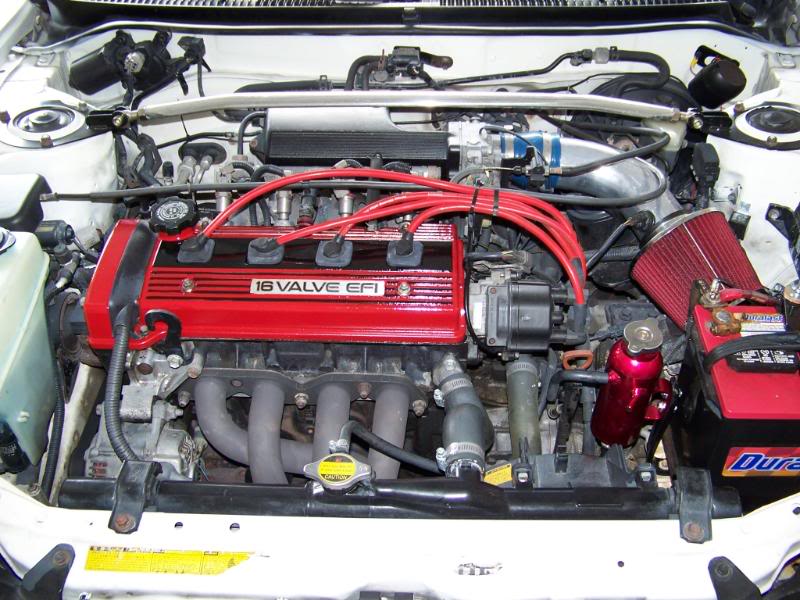
One of the main things is to find a open spot for the catch can . It can be placed any where you just have to purchase longer hoses .
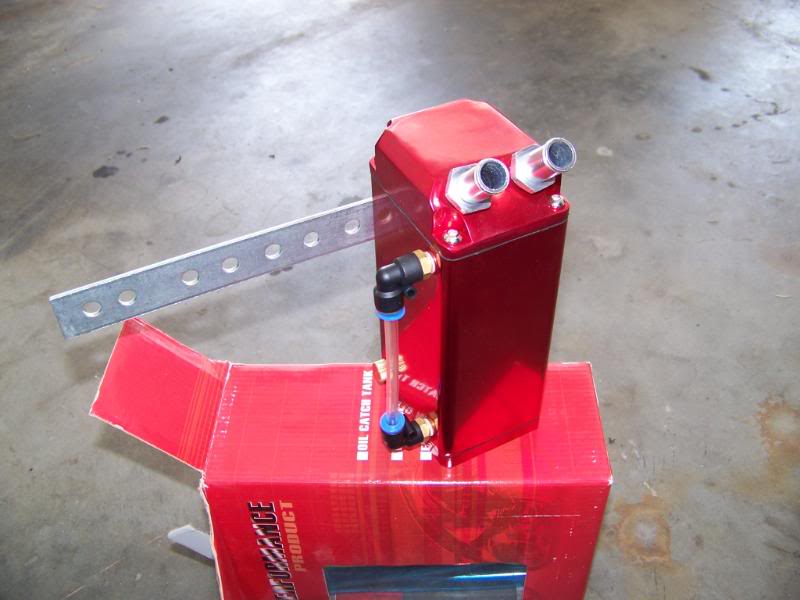
The oil catch can comes with hoses but I highly recomend you use from the auto parts store they sell them by the inch . For this purpose I used a hose for show but later on I changed the hose to the black hose from my local auto parts store .
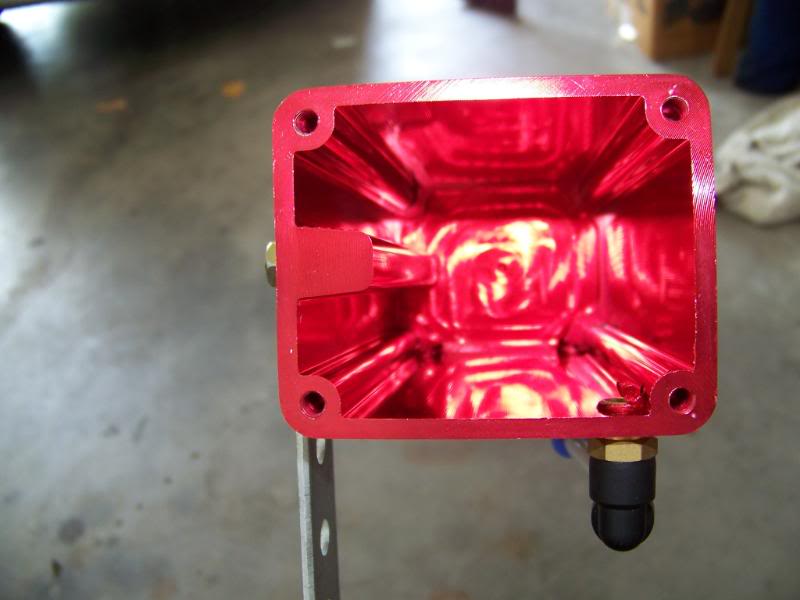
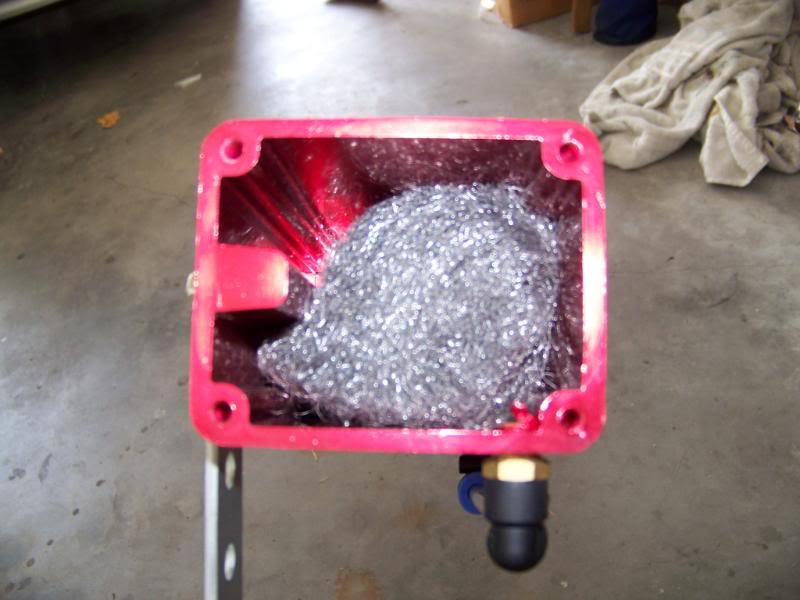
It is best to get a oil catch can that you can remove the top and not a fully sealed one . This makes it easier to stock and in this photo I added some steel wool to soak up the extra oil . ( The reason I put the steel wool is cause with it being empty the oil will splash around and possibly re-enter into the intake . )
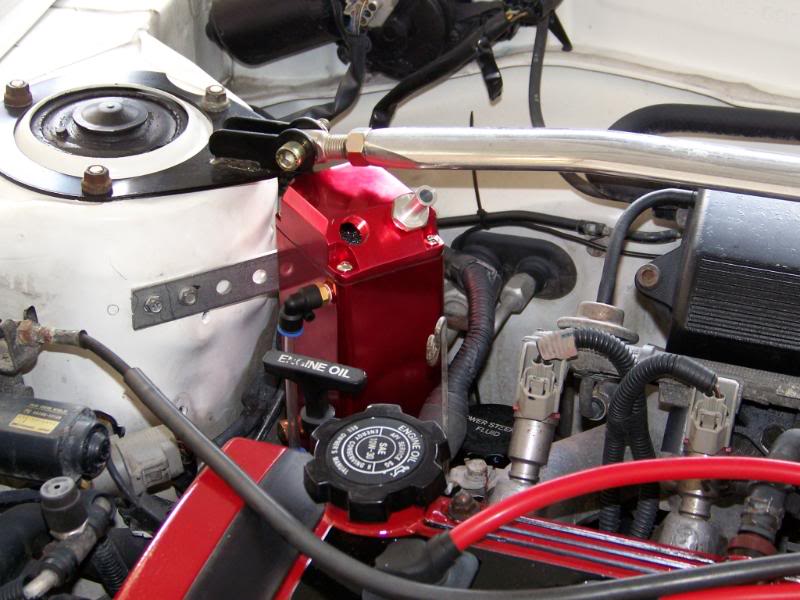
Once you find your location then you screw the bracket tightly enough so that the catch can doesn't get loose or rattles . You can add meduim lock tight on the screws if you like .

You remove the the hose as shown in the blue arrows and you add a breather on the valve cover and in the intake you just cut a piece of hose and put a screw in it so that you seal it off . This keeps the heat from the crankcase entering your intake and releasing out of the breather . The green arrow shows the PCV where you will hook up your hose for your oil catch can and on the other side is the bottom of the intake .
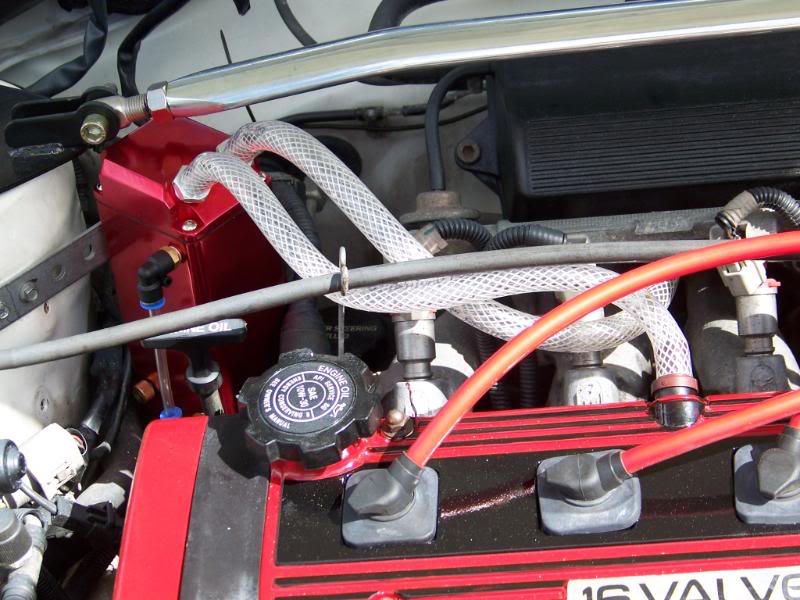
Then you connect your hose having the one from the PCV enter the catch can and the other hose going directly to the bottom of the intake .
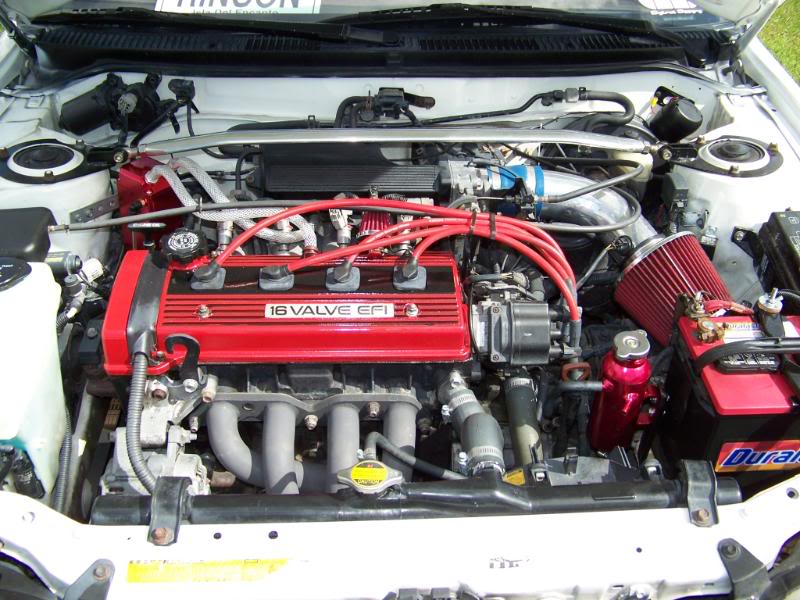
Then in the end it will look like this . This is a very simple modification . This in no way adds performance but it keeps the fuel and the oil from mixing as it enters your intake . Which gives you better gas mileage , long lasting injectors especially in older running cars .
For more DIY : rinconrolla98.blogspot.com
.

One of the main things is to find a open spot for the catch can . It can be placed any where you just have to purchase longer hoses .

The oil catch can comes with hoses but I highly recomend you use from the auto parts store they sell them by the inch . For this purpose I used a hose for show but later on I changed the hose to the black hose from my local auto parts store .


It is best to get a oil catch can that you can remove the top and not a fully sealed one . This makes it easier to stock and in this photo I added some steel wool to soak up the extra oil . ( The reason I put the steel wool is cause with it being empty the oil will splash around and possibly re-enter into the intake . )

Once you find your location then you screw the bracket tightly enough so that the catch can doesn't get loose or rattles . You can add meduim lock tight on the screws if you like .

You remove the the hose as shown in the blue arrows and you add a breather on the valve cover and in the intake you just cut a piece of hose and put a screw in it so that you seal it off . This keeps the heat from the crankcase entering your intake and releasing out of the breather . The green arrow shows the PCV where you will hook up your hose for your oil catch can and on the other side is the bottom of the intake .

Then you connect your hose having the one from the PCV enter the catch can and the other hose going directly to the bottom of the intake .

Then in the end it will look like this . This is a very simple modification . This in no way adds performance but it keeps the fuel and the oil from mixing as it enters your intake . Which gives you better gas mileage , long lasting injectors especially in older running cars .
For more DIY : rinconrolla98.blogspot.com
.



 Aww man, at least you tried. What are you planning to try next?
Aww man, at least you tried. What are you planning to try next?
